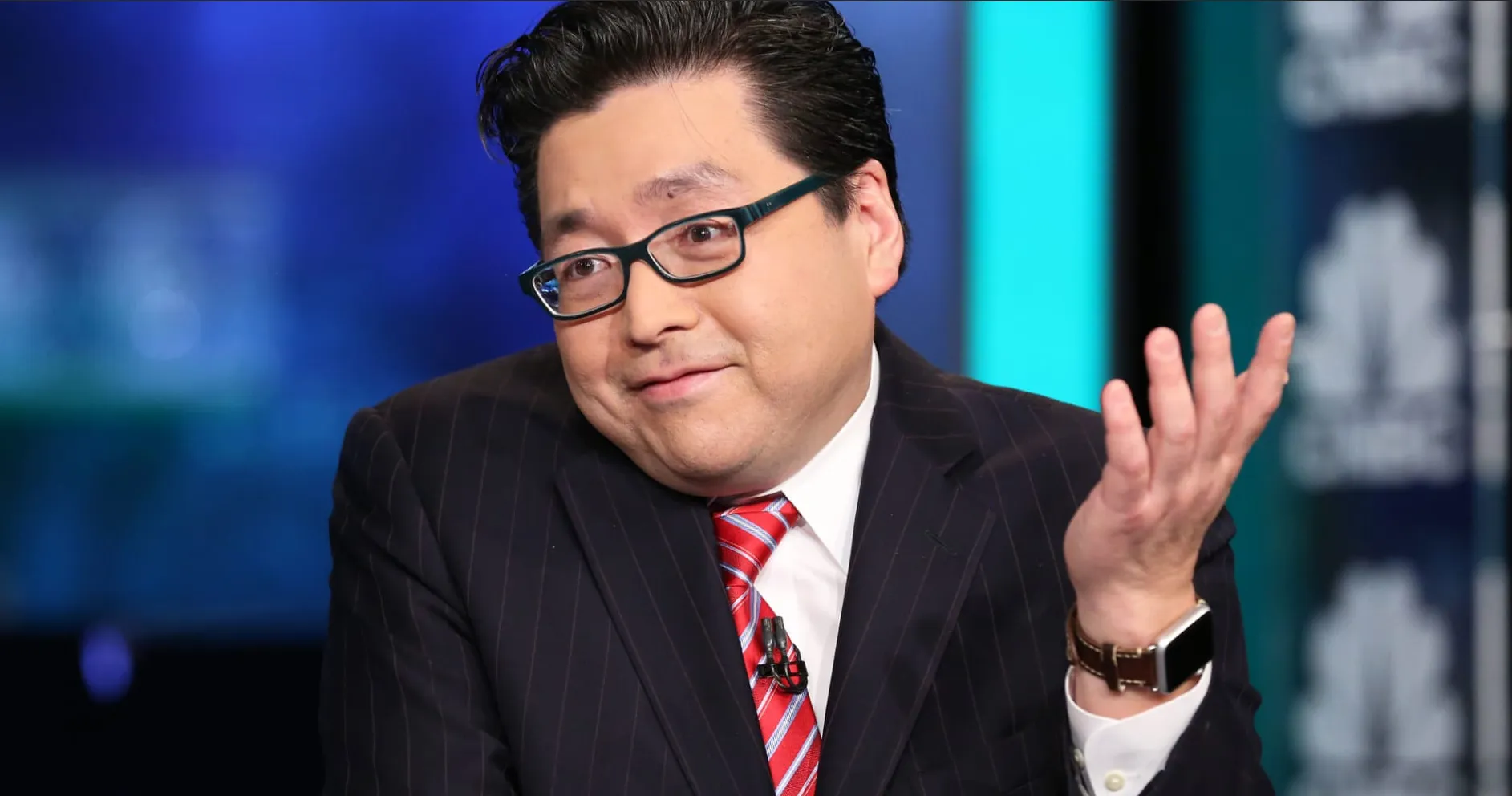Author: Liang Yu
Editor: Zhao Yidan
In Central Hong Kong, the team at Franklin Templeton is watching the constantly fluctuating trading data on the screen. Each token's flicker represents the heartbeat of traditional financial assets migrating to the blockchain.
On November 6, the financial giant Franklin Templeton, with a global asset management scale exceeding $1.6 trillion, launched its first tokenized money market fund in Hong Kong — the Franklin OnChain U.S. Government Money Fund.
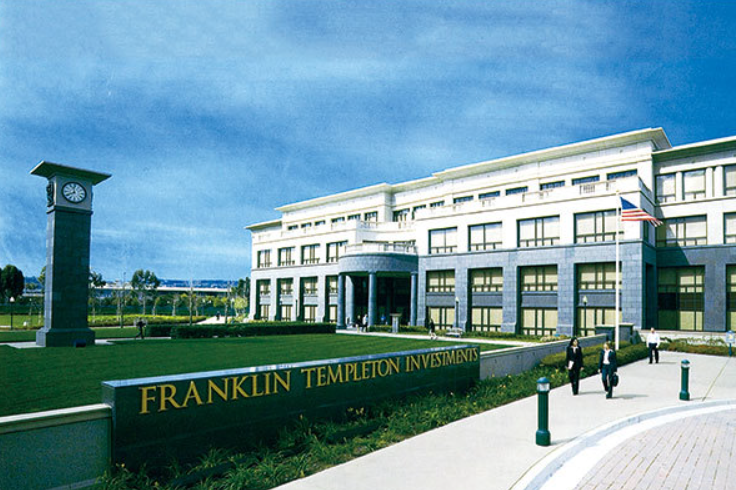
According to a report by Sina Finance on November 6, the fund primarily invests in short-term U.S. Treasury bonds and utilizes blockchain technology to issue tokens that record investors' holdings in the fund, marking an important milestone in Hong Kong's promotion of the "Fintech 2030" strategy.
Franklin Templeton's move is by no means an isolated event. From BlackRock's BUIDL fund surpassing $500 million in scale within six months to Standard Chartered Bank launching institutional-level digital asset custody services, a rapid tokenization blitz of traditional financial assets is unfolding globally.
1. Market Boom: RWA from Niche Concept to Institutional Battleground
By 2025, the tokenization of real-world assets (RWA) is no longer a proof of concept in the blockchain industry but has become a core track for global financial institutions to compete for. RWA, short for "Real-World Assets," represents the process of converting traditional financial assets into digital tokens through blockchain technology.
According to the "Digital Asset Market Outlook" report released by Bitwise in July 2025, the RWA tokenization market size grew from $7.75 billion at the beginning of the year to $12.83 billion by June, a 65% increase. During the same period, the "RWA Market Status Report" published by Binance Research showed that the sector grew from $8.6 billion to $23 billion, with a growth rate exceeding 260%.
The differences in data stem from varying statistical criteria, but they point to a clear trend: the RWA market is experiencing explosive growth.
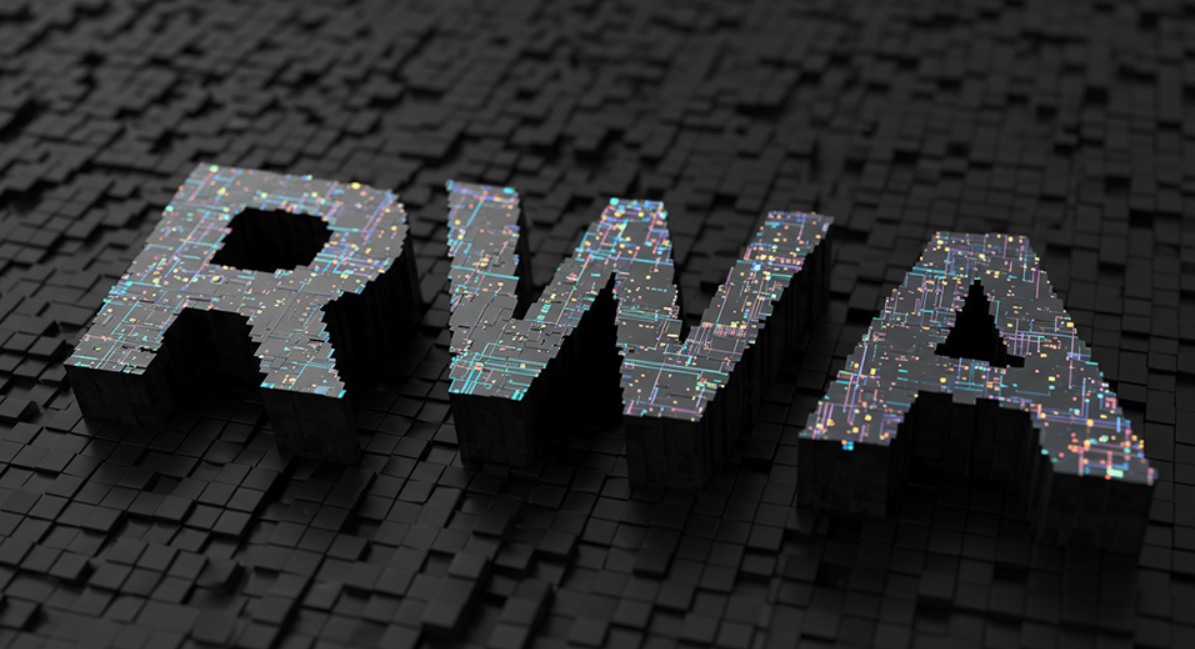
As of June 2025, the total amount of tokenized RWA assets has surpassed $24 billion, an 85% increase from $15.2 billion at the end of the previous year. Among these, U.S. Treasury bonds and private credit have become the main driving forces, accounting for as much as 92%.
BlackRock's BUIDL fund, WisdomTree's digital gold token, and Franklin Templeton's latest initiative all indicate that Wall Street is migrating traditional assets to the blockchain at an unprecedented speed.
The Asian market is also showing strong vitality, with the actions of CMB International serving as a representative example. In August 2025, this financial institution under China Merchants Bank collaborated with Singapore's licensed RWA exchange DigiFT and technology service provider OnChain to tokenize its U.S. dollar money market fund on the Solana blockchain, issuing the token CMBMINT. This move made it the first Chinese bank-affiliated brokerage in Hong Kong to obtain a virtual asset trading service license and completed the issuance of the world's first public fund on the Solana ecosystem.
CMB International's tokenized fund adopts a multi-chain deployment strategy, operating not only on Solana but also on multiple public chains such as Ethereum, Arbitrum, and Plume. The fund supports two-way subscriptions and redemptions in both fiat and stablecoins and achieves a real-time redemption mechanism through self-developed liquidity management contracts, significantly enhancing capital efficiency. Notably, the fund further expanded to the BNB Chain in October 2025, aiming to leverage its large user base to expand the on-chain distribution network.
Performance is the underlying support for institutions venturing into RWA. Since its establishment in February 2024, CMB International's U.S. dollar money market fund has ranked first in cumulative returns among similar money market funds in Bloomberg's Asia-Pacific rankings as of the end of July 2025. The fund primarily invests in short-term U.S. dollar deposits, Treasury bills, and high-quality money market instruments, managing over $3.8 billion and providing investors with compliant tokenized asset options that meet regulatory requirements.
However, the market's enthusiasm conceals the risk of overheating. A report released by the Bank for International Settlements' Innovation Hub in September 2025 warned: "The rapid growth of the RWA market may exceed the current regulatory framework and risk management capacity, and institutions should not overlook potential systemic risks while pursuing efficiency."
The IMF's report on "Digital Currencies and Tokenized Assets" also pointed out: "Tokenized assets may become a key catalyst for the restructuring of financial intermediation, but cross-jurisdictional regulatory coordination mechanisms are still inadequate."
2. Product Innovation: Tokenization Strategic Path of Traditional Financial Giants
The launch of the tokenized money market fund by Franklin Templeton in Hong Kong represents a fundamental shift in the attitude of traditional asset management giants towards blockchain technology. The fund utilizes its self-developed blockchain accounting system, becoming the first asset management product in Hong Kong to achieve full-process on-chain issuance, distribution, and service.
Choosing Hong Kong as the launch site is strategically significant. Roger Bayston, head of digital assets at Franklin Templeton, stated in a recent interview: "Hong Kong is establishing a clear regulatory framework for virtual assets while possessing unique advantages in connecting global markets, providing an ideal testing environment for our tokenized products."
In contrast to the cautious attitude of the U.S. SEC towards tokenized funds, the Hong Kong Securities and Futures Commission has adopted a more proactive licensing management approach, providing a clear access path for compliant institutions.
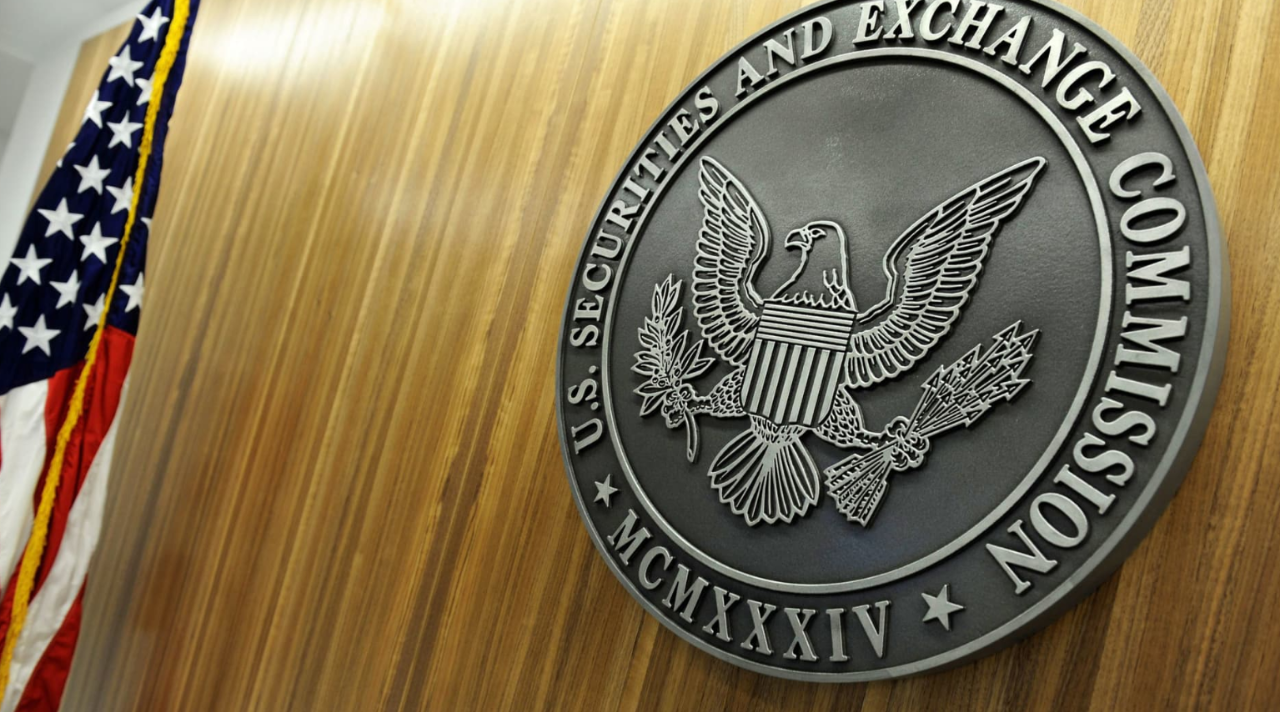
The tokenization paths of traditional financial giants are diverging into two clear routes. On one hand, there is the "asset digitization" path represented by asset management giants like BlackRock and Franklin Templeton, which reconstruct traditional financial products such as money market funds and Treasury bonds through blockchain technology; on the other hand, there is the "tokenized issuance" path explored by banking giants like JPMorgan and Citigroup, focusing on application scenarios in payment settlement, asset management, and cross-border transactions.
Ant Group's institutional-level blockchain trading platform Jovay, Mitsubishi UFJ Trust Bank's Progmat platform, and the collaboration between Swiss SEBA Bank and LimeWire all demonstrate that financial institutions in different regions are choosing differentiated entry points based on their own advantages.
However, product innovation faces challenges from compliance thresholds. Franklin Templeton's tokenized fund is currently only available to professional and institutional investors, and retail investor participation still awaits further approval from the Hong Kong Securities and Futures Commission.
This caution reflects that even in the most proactive jurisdictions, the promotion of tokenized products still follows the compliance framework of traditional finance.
3. Technical Infrastructure: Architectural Choices from Public Chains to Permissioned Chains
The explosion of RWA relies not only on financial innovation but also on the support of underlying technical infrastructure. Currently, the technical selection of RWA projects shows a diversified characteristic, with different blockchain architectures focusing on compliance, performance, and privacy protection.
Franklin Templeton has chosen the Stellar public chain as the technical foundation for its tokenized fund. This choice reflects the institution's comprehensive consideration of compliance, cost-effectiveness, and transaction speed. The low transaction costs provided by the Stellar consensus protocol (approximately $0.00001 per transaction) and fast settlement capabilities (3-5 seconds) make it particularly suitable for high liquidity products like money market funds.
In contrast, BlackRock's BUIDL fund is built on Ethereum, leveraging its strong network effects and security; while JPMorgan's tokenized deposit project is based on its proprietary permissioned chain, Onyx Digital Assets.
The choice of technical architecture directly impacts the compliance design of RWA projects. According to a blockchain compliance report released by international law firm Clifford Chance in 2025, permissioned chains have a natural advantage in meeting institutional clients' KYC and AML requirements, while public chains perform better in interoperability and censorship resistance.
In Singapore's Project Guardian, DBS Bank, JPMorgan, and Marketnode jointly explored cross-chain interoperability protocols aimed at addressing the technical challenges of asset transfers between different blockchain platforms.
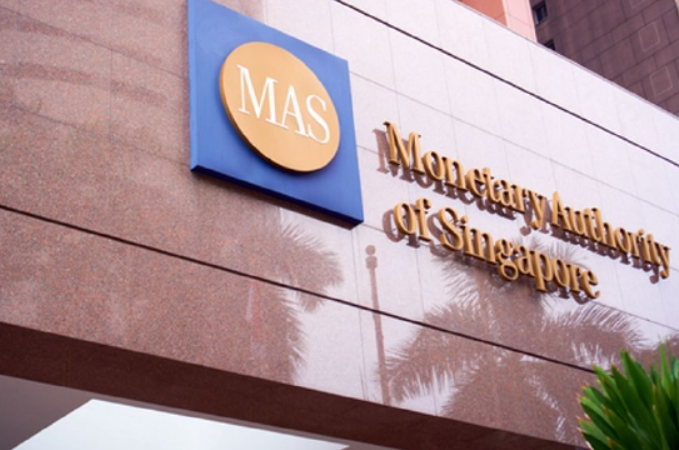
Smart contract security is another key consideration. In the first half of 2025, CertiK recorded 17 incidents of RWA-related smart contract vulnerabilities, with potential losses estimated to exceed $380 million.
Analysis by German blockchain security company ChainSecurity pointed out: "Compared to traditional financial systems, the complexity of RWA smart contracts introduces new risk dimensions, including oracle data manipulation, governance mechanism attacks, and other novel threats."
4. Service Support: Institutional-Level Custody and Compliance Framework
As product innovation continues, the infrastructure on the service side is becoming a key guarantee for traditional capital entry. The emergence of institutional-level digital asset custody services addresses the core security concerns of large-scale capital participation in the RWA market.
A report from Standard Chartered Bank's digital asset custody platform Zodia Custody indicates that by 2025, the global institutional-level digital asset custody market has reached $42 billion, a 230% increase from 2023. This rapid growth reflects the urgent need for traditional financial institutions to securely store digital assets.
Professional service institutions like Cactus Custody provide bank-level asset protection for institutional investors through multiple approval processes, multi-signature mechanisms, cold and hot storage separation, along with daily reconciliations and periodic audits.
The maturity of custody services directly drives the specialization of the insurance market. Lloyd's 2025 report on the digital asset insurance market noted that specialized insurance products for digital asset custody grew by 180% year-on-year, with coverage limits increasing from $500 million in 2023 to $1.5 billion.
Differences in regulatory frameworks are leading to the formation of distinctive advantages in different financial centers. Hong Kong requires simultaneous acquisition of securities and virtual asset activity licenses, while Dubai, under the VARA framework, focuses more on promoting compliance innovation.
Brian Chen, head of wealth management at OSL in Hong Kong, stated: "The licensing system for virtual asset service providers in Hong Kong provides a clear compliance path for institutional clients, which is a key factor in attracting global giants like Franklin Templeton."
However, the issue of fragmented global regulation remains prominent. The U.S. SEC has incorporated most tokenized securities into the existing securities law framework, while the EU's MiCA regulation has created a new regulatory classification specifically for digital assets, and Singapore's Monetary Authority has adopted an activity-based regulatory approach.
This regulatory divergence increases the compliance complexity of RWA projects, especially for cross-border operations.
5. Regulatory Environment: Global Policy Divergence and Coordination Challenges
In 2025, the global regulatory environment for digital assets is undergoing rapid evolution, with distinct policy orientations emerging in different jurisdictions, bringing both opportunities and challenges for the cross-border development of RWA.
The United States is forming a more detailed tax framework for digital assets. The comprehensive digital asset bill reintroduced by Senators Cynthia Lummis and Kirsten Gillibrand in January 2025 establishes a $300 tax-free threshold for small transactions and clarifies the tax treatment for miners and stakers.
The IRS released Revenue Procedure 2025-31, providing a safe harbor for digital asset investment trusts, allowing widely held fixed investment trusts to stake digital assets without affecting their status as "investment trusts."
The European Union has established a unified regulatory framework for digital assets with the MiCA regulation. Fully implemented in December 2024, the MiCA regulation categorizes tokenized assets based on their economic function, providing a passport for RWA projects approved in any member state to operate across the entire EU market.
José Manuel Campa, Chairman of the European Banking Authority, stated at the 2025 Fintech Conference: "MiCA provides legal certainty for tokenized traditional assets, which is a significant advantage for the EU in the digital finance sector."
Asian financial centers are adopting more proactive policies to attract investment. Hong Kong's "Fintech 2030" strategy has implemented over 40 measures, focusing on the application of artificial intelligence tools, the construction of a tokenized market ecosystem, and the strengthening of financial system resilience.
Singapore's Monetary Authority's Project Guardian has entered its third phase, exploring more complex financial transactions such as tokenized interbank lending. Meanwhile, Mitsubishi UFJ Trust Bank's Progmat platform has become an important intermediary infrastructure connecting different blockchain networks.
However, insufficient regulatory coordination is becoming a major obstacle to cross-border RWA transactions. A report from the International Organization of Securities Commissions in July 2025 pointed out: "Significant differences exist among jurisdictions in the classification of tokenized assets, disclosure requirements, and investor suitability management, which may lead to regulatory arbitrage and cross-border enforcement challenges."
6. Future Prospects: Challenges from Experimentation to Core Infrastructure
RWA is transitioning from a marginal experiment to a core component of the financial system, a shift that brings significant opportunities but also undeniable risks and challenges. In the next five years, the RWA market is expected to achieve a leap in scale from tens of billions to trillions, but this process will not be smooth.
Research by Mordor Intelligence predicts that the asset tokenization market will expand from $2.08 trillion in 2025 to $13.55 trillion by 2030, with a compound annual growth rate of 45.46%. A report jointly released by Boston Consulting Group and ADDX is even more optimistic, forecasting that the total scale of the RWA tokenization market will reach $16 trillion by 2030.
The progress of tokenization across different asset classes will show significant variation. According to Bain & Company's analysis in 2025, fixed-income assets (such as government bonds and corporate bonds) will achieve large-scale tokenization first due to their high standardization and simple valuation, while the process for complex assets like private equity, real estate, and infrastructure will be relatively slow.
Technical standardization is a key prerequisite for scalable development. The International Organization for Standardization (ISO) is developing a tokenized asset data model (ISO 24165), which is expected to be released in 2026 and may address the current challenges of data interoperability between different platforms.
The Financial Stability Board's report in October 2025 warns: "The rapid growth of RWA may introduce new systemic risks, including cross-chain risk transmission, systemic vulnerabilities in smart contracts, and instantaneous evaporation of liquidity, which are not fully covered by existing financial risk regulatory frameworks."
Institutional investment strategies are undergoing profound changes. According to a Bloomberg survey of 500 institutional investors in September 2025, over 62% of respondents plan to migrate some traditional assets to blockchain infrastructure within the next two years, a significant increase from 28% in 2023.
Andrew Peel, head of Morgan Stanley's digital asset division, pointed out: "In the next three years, we will see the first IPOs conducted entirely on-chain, as well as parallel trading of tokenized equity and traditional equity."
As traditional financial giants move beyond small-scale experiments and fully bring their flagship products, institutional clients, and mature risk control systems into the on-chain world, the explosion of RWA is no longer a vision but a reality that is happening.
The speed of this tokenization blitz is astonishing, but the risks of overtaking on curves cannot be ignored. Fragmented regulation, technological security, and cross-chain interoperability are all tangible challenges facing the industry.
RWA is not merely the digitalization of traditional finance but a deep reconstruction of financial infrastructure. In this transformation, speed and stability, innovation and compliance, openness and security need to find new balance points.
Some sources of information:
· "Franklin Templeton Launches U.S. Dollar Denominated Tokenized Money Market Fund in Hong Kong, Open to Professional Investors"
· "The World's First Hong Kong-New Mutual Fund Goes On-Chain — CMB International's Public Money Market Fund Completes RWA Through Multi-Chain Deployment and Partnerships"
· "The Upcoming RWA Revolution: How Tokenized Stocks Will Reshape Institutional Capital Flows in 2025"
免责声明:本文章仅代表作者个人观点,不代表本平台的立场和观点。本文章仅供信息分享,不构成对任何人的任何投资建议。用户与作者之间的任何争议,与本平台无关。如网页中刊载的文章或图片涉及侵权,请提供相关的权利证明和身份证明发送邮件到support@aicoin.com,本平台相关工作人员将会进行核查。


